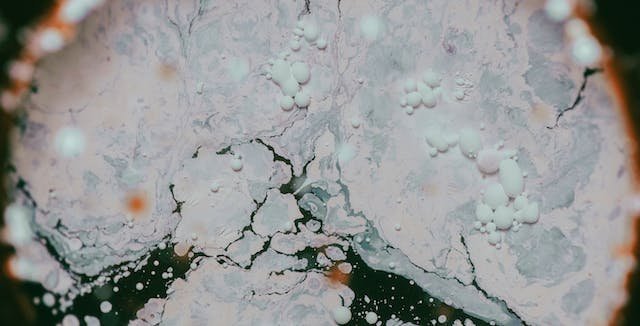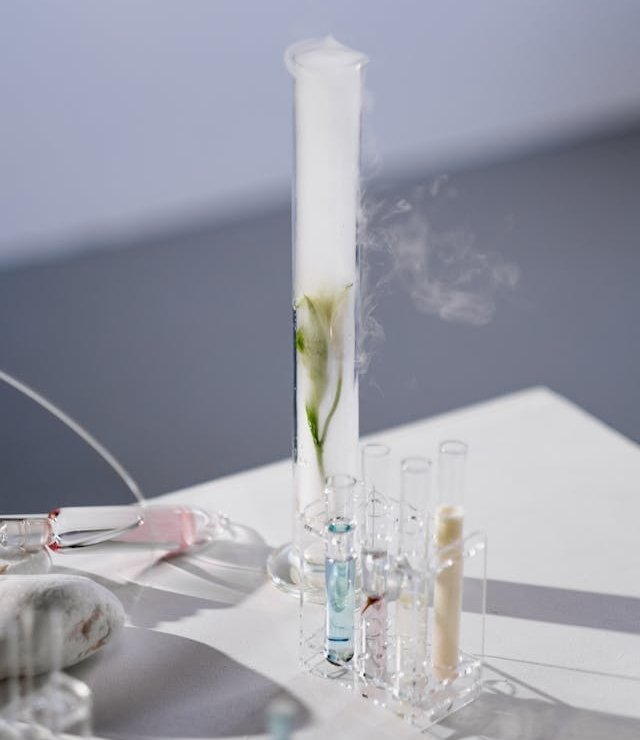In my blogs, we frequently discuss the environmental impact of “thirsty” and “dirty” materials used in the fashion industry. How wasteful and toxic our currently used materials and processes are on nature, biodiversity, oceans and, by large, on the planet's future.
Image curtesy of Iberdrola
We have also considered how there seems to be very little change to these ongoing problems, such as the microplastic issue from the dependence upon polyester and other petroleum-based materials. You may say, “There’s lots of recycled polyester being used”. Yes, there is, but that does not end the microfibre shedding issue, and, ultimately, those recycled polyesters do not disappear; they just end up in landfills, living forever.
At the risk of feeling resigned about all of this, we need to look a little bit closer. What are the alternatives available to replace these dirty and thirsty fabrics?
There has been press and social media content related to “bio-fabrication” and the urgency required to get these to market. We saw a lot of noise surrounding material suppliers, such as “Modern Meadow”, “Spiber”, and Bolt Threads” in the pre-pandemic years (2108-2019). Yet here we are 3 to 4 years later, and there doesn’t seem to have been a great deal of growth. Certainly, the brand that frequently features on this blog, “Stella McCartney”, has partnered extensively with some of these tremendous materials providers, so, yes, they are in the market. Other Brands include “Outdoor Voices”, “Sacai”, and “North Face”. While these developments are progress, this really isn’t the mainstream. Until mainstream fashion adopts some of these technologies, the reliance upon polyester will continue.
Stella McCartney Shift Dress using Microsilk from Bolt Threads
So, let’s look deeper into what these fabrics are and what is possible when we utilise them.
As we stated earlier, these fabrics are what we’ve referred to as “lab-grown”. The process is “bio-fabrication”, and the idea is that “garments are grown rather than sewn, cultivated in huge labs under precise conditions”. These originate from nature, mainly from mould or algae, bacteria and fungi, which grow in labs. They exist without any real impact on the environment and are being used for leather as an alternative for creating sneakers. Another great example is the “Moon Parker”, a collaboration with North Face and Japanese textile innovator Spiber, a brewed protein described as synthetic spider silk. “Spy” also produced T-shirts with Sacai and sweaters with “Goldwyn”, all made from the same material. This is all so great. So why aren’t we seeing more of this? We know that Adidas have made Stan Smith Sneakers from “Mylo”, which is a mushroom leather. It is also extensively used by Stella McCartney, coming from “Bolt Threads”, a California start-up that produces the material.
So, what’s good about all of these fabrics? Well, clearly, we have discussed the sustainability aspect - they do not use huge amounts of water such as is needed with cotton, and there are no microplastics and subsequent waste left in our oceans. The great benefit of biofabrics is they can degrade to almost nothing or return to biomass within a few weeks. They are compostable and can also be grown to fulfil specific needs, so there is a massive reduction in waste. When looking at these kinds of fabrics, we see huge benefits from reducing water usage and petroleum-based substances to the end of life solutions.
Imagine a future where these amazing fabrics are created and made into products nearby. What an extraordinary world with the reduction of so many currently existing environmental and ethical challenges. It seems such an easy solution to replace materials and processes. So what’s the downside? An article from “The Business of Fashion” titled “Are New Materials Ready to Go Mainstream?” , stated:
“A big challenge for new materials, as they look to enter the market, is that they must compete with tried-and-tested products on price, performance and aesthetics, while the scientific and sustainability credentials that may make them groundbreaking technologies are unlikely to resonate with the average shopper.”
The issue here is that it remains challenging to commercialise biofabrics not only through scale, price and performance but also through customer acceptance. While we see biofabrics being used by sustainable fashion maven Stella McCartney and even Yeezy, we don’t see any companies where a significant impact will be made. We have seen some activities from Adidas and Nike, but not conclusively where they say our sneakers will only be made from this. What it requires is for a large brand to take this on and produce at scale, bring down the cost and raise the commercialisation. Then we can really change things and create a world where the impact on biodiversity, ocean waste and end of life can truly be addressed. Let’s hope that day is coming soon.
What do you think?
As always, love life and enjoy Fashion.
Kate xx



